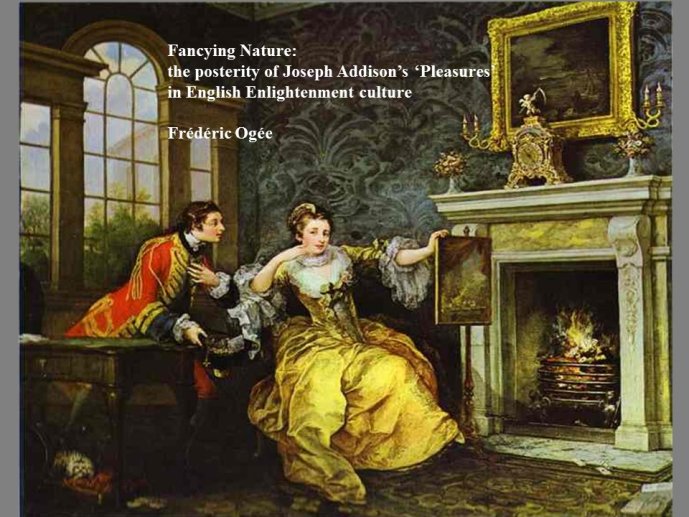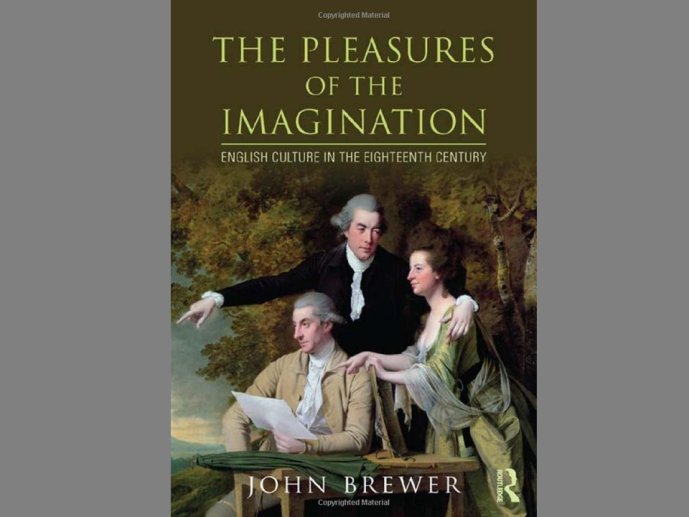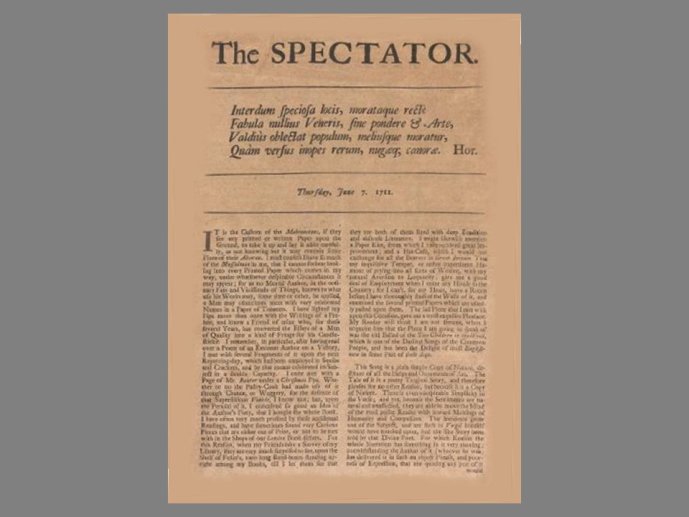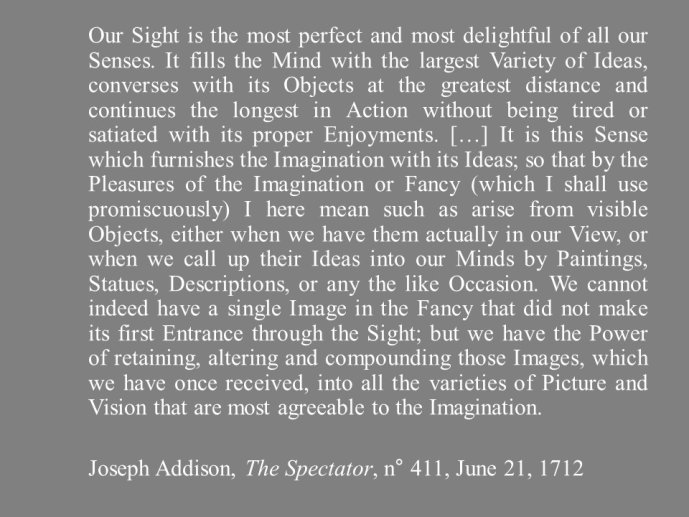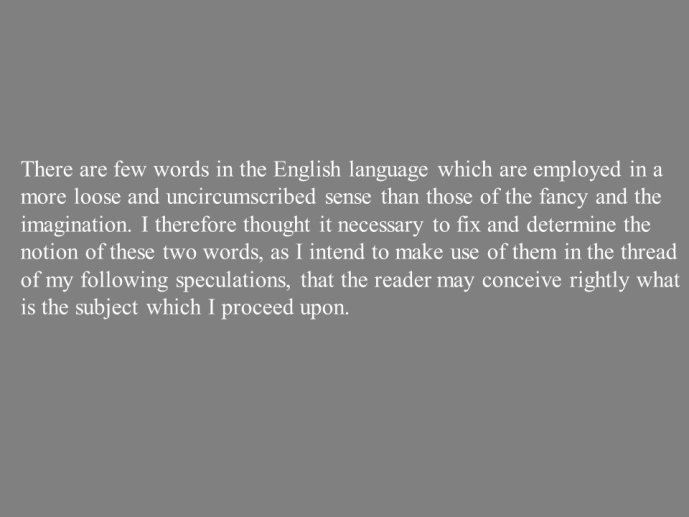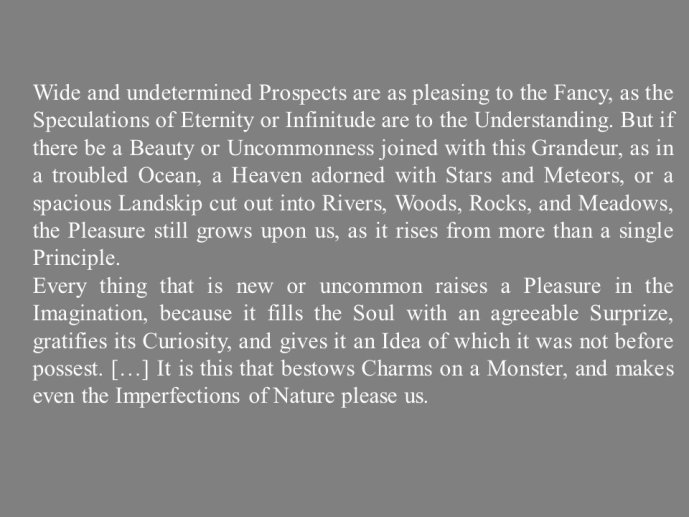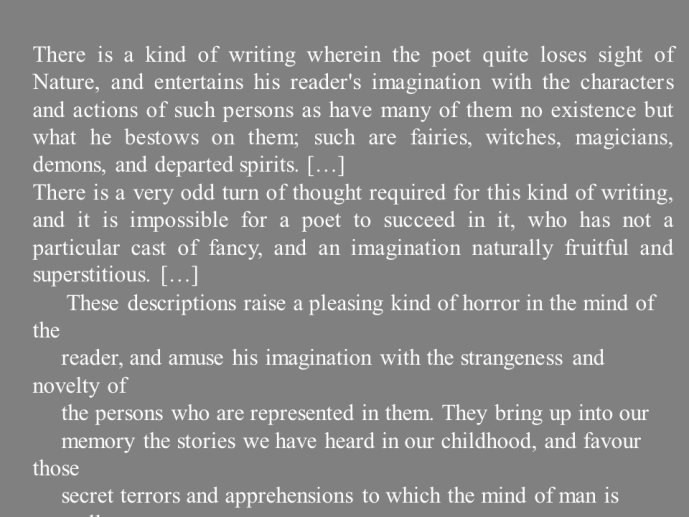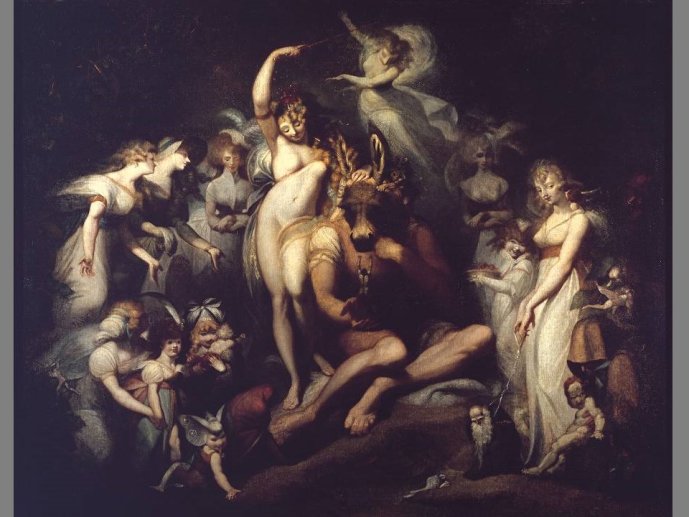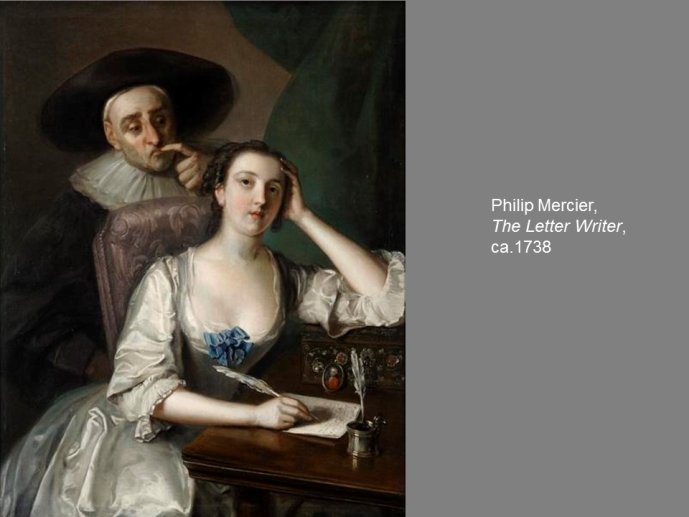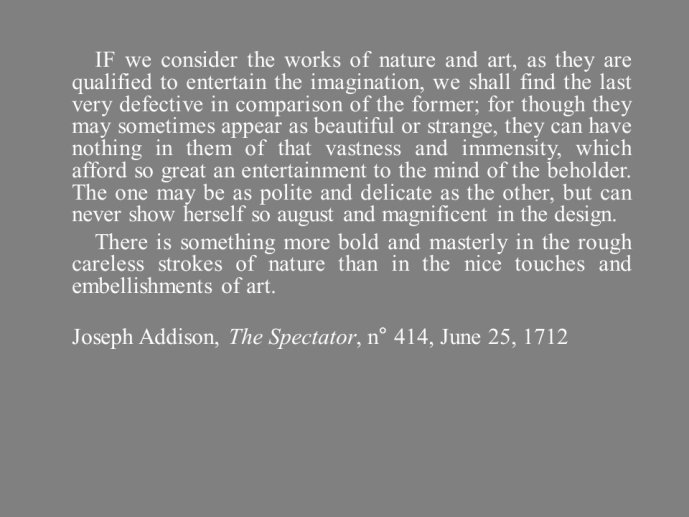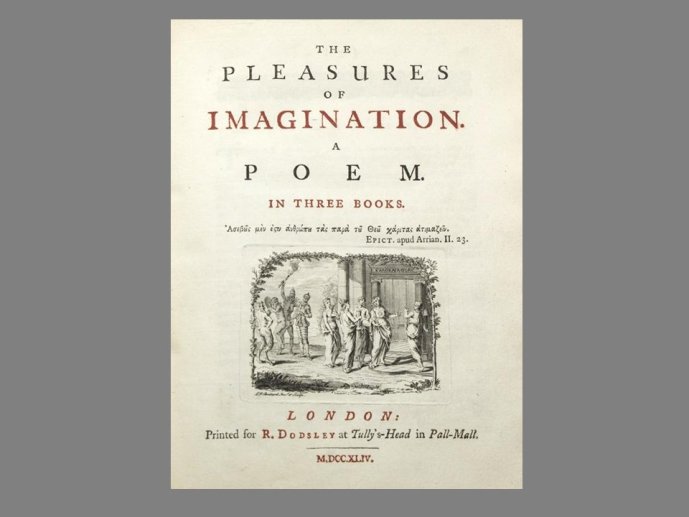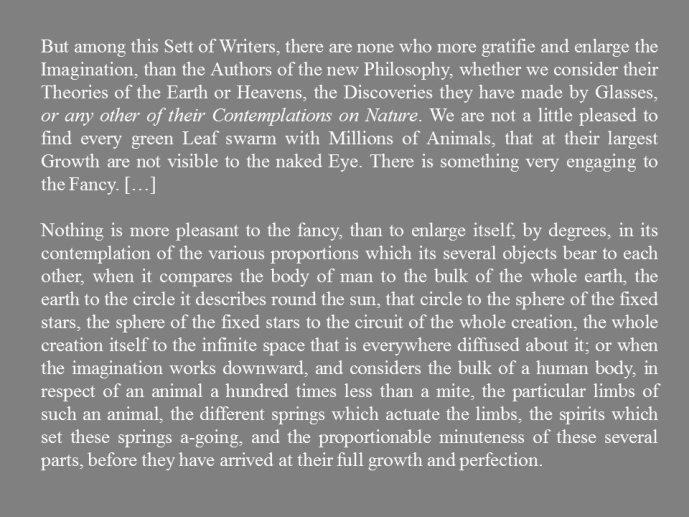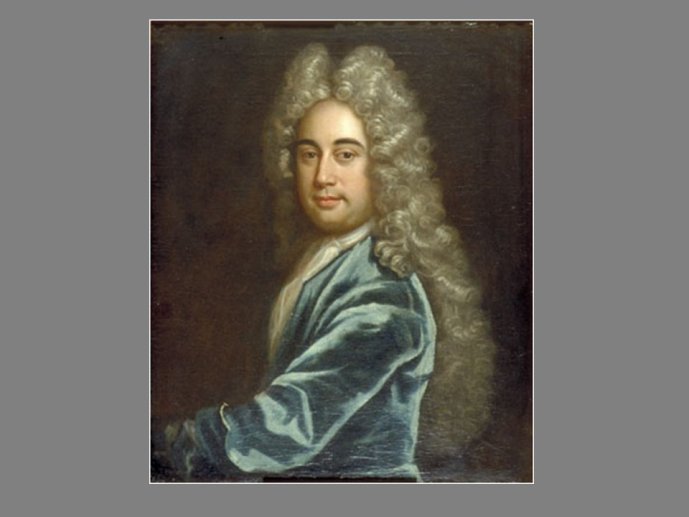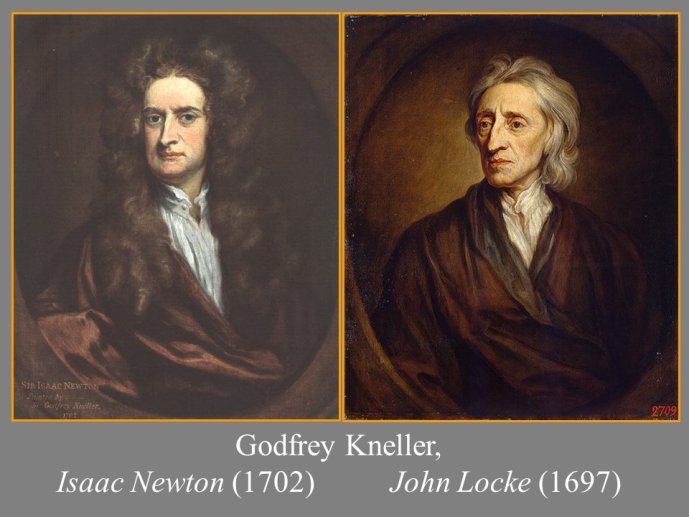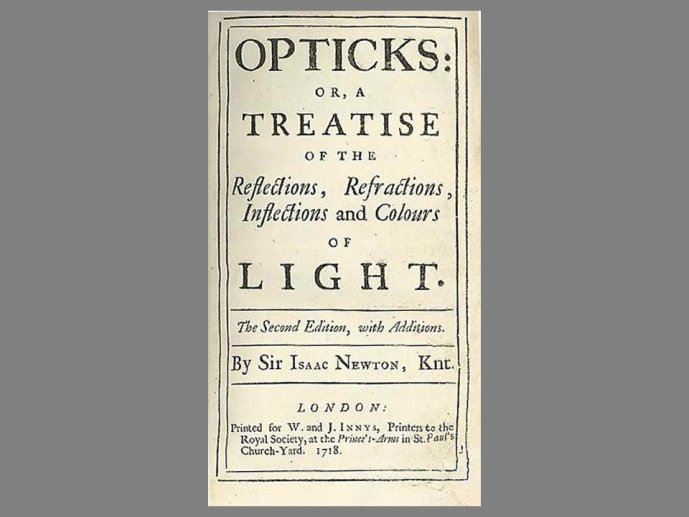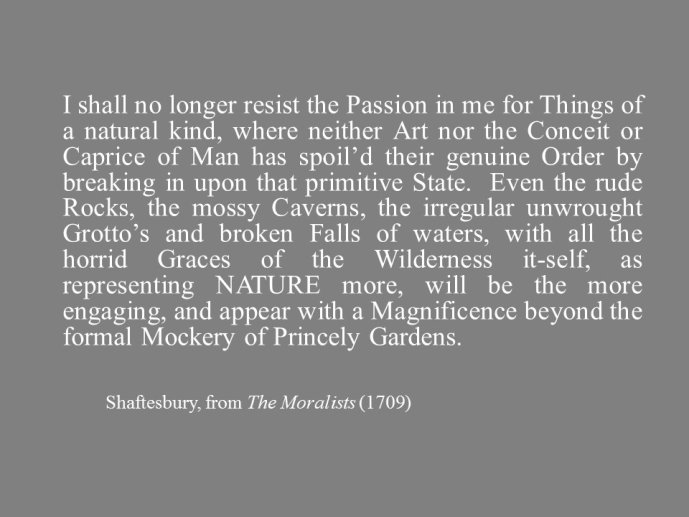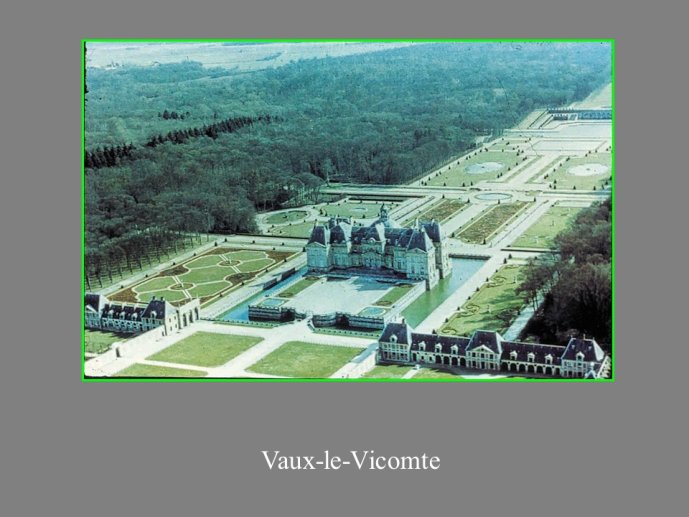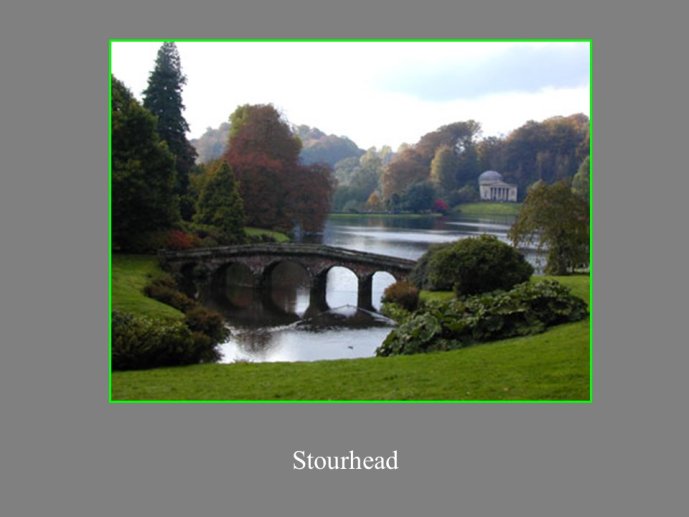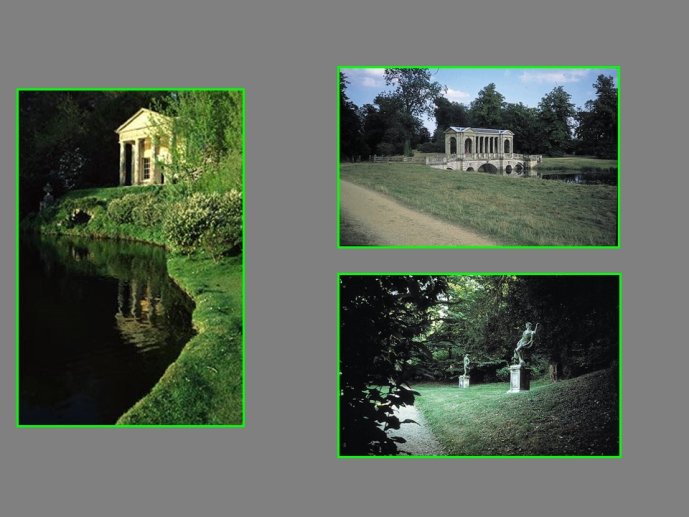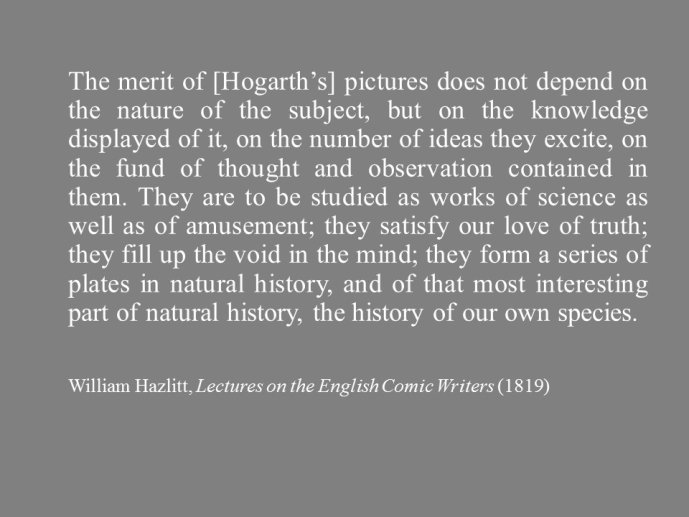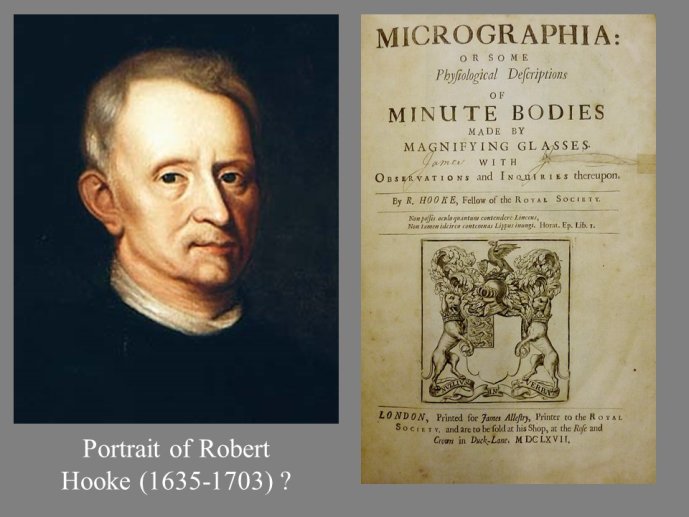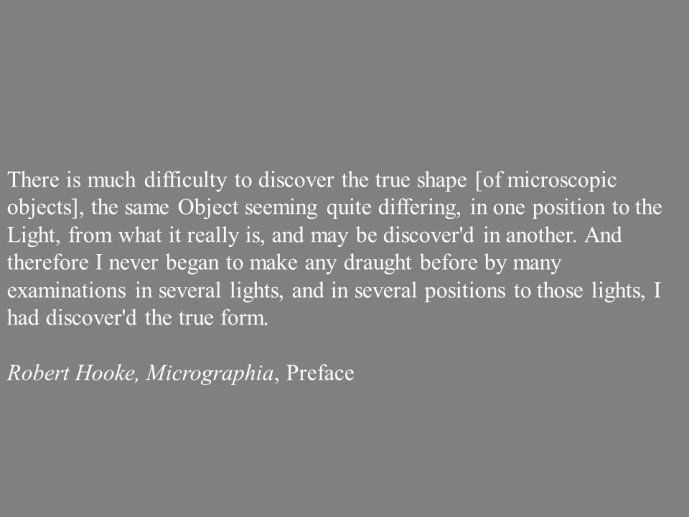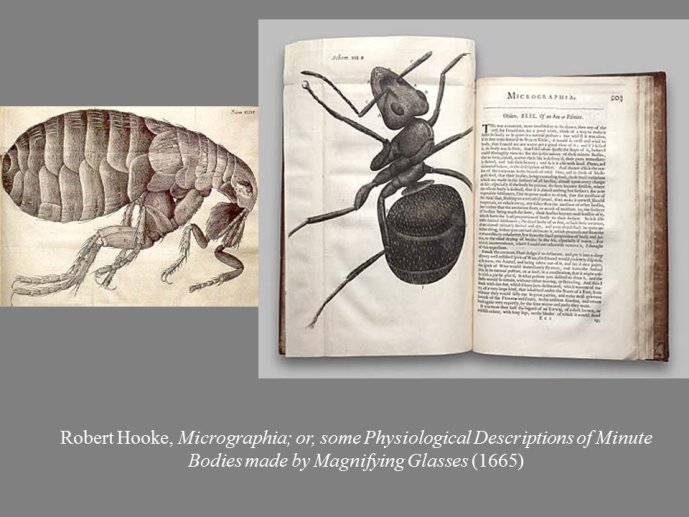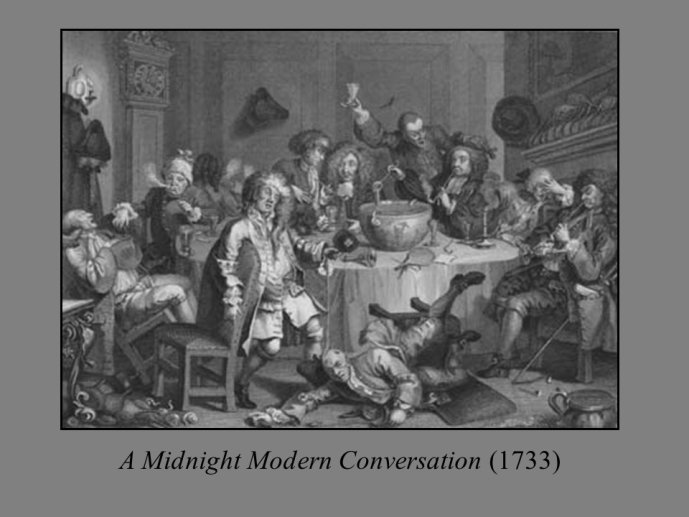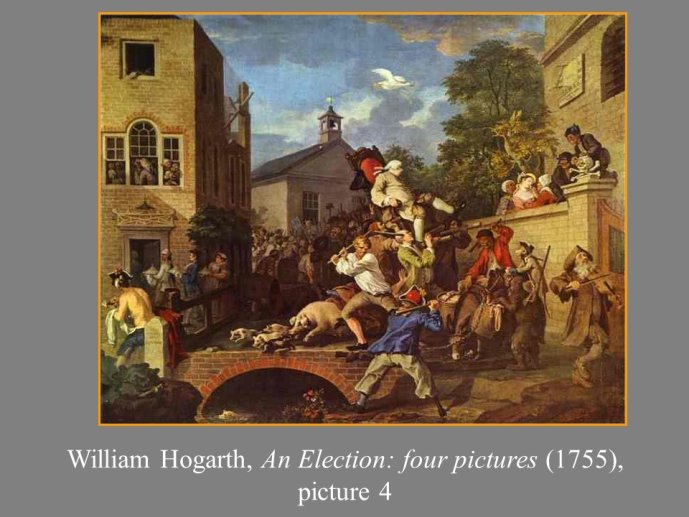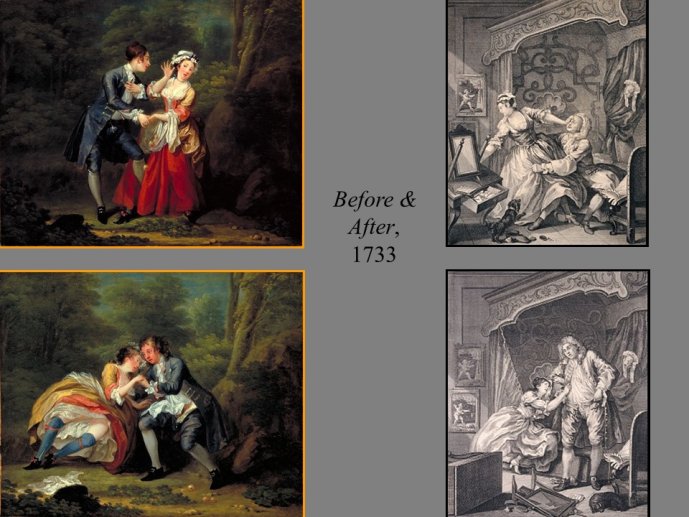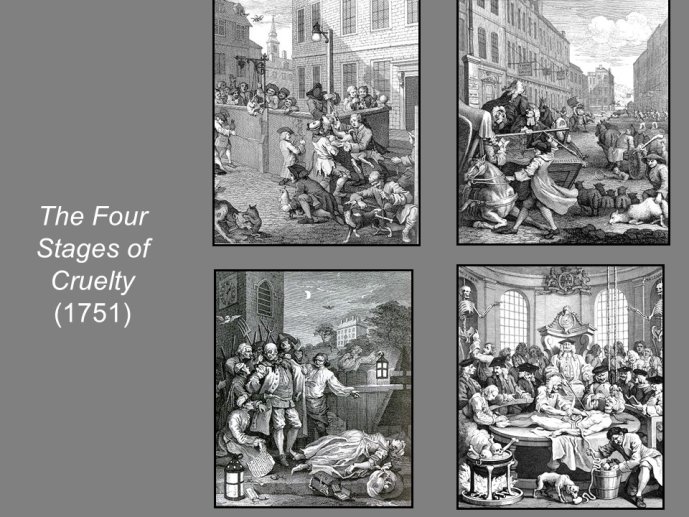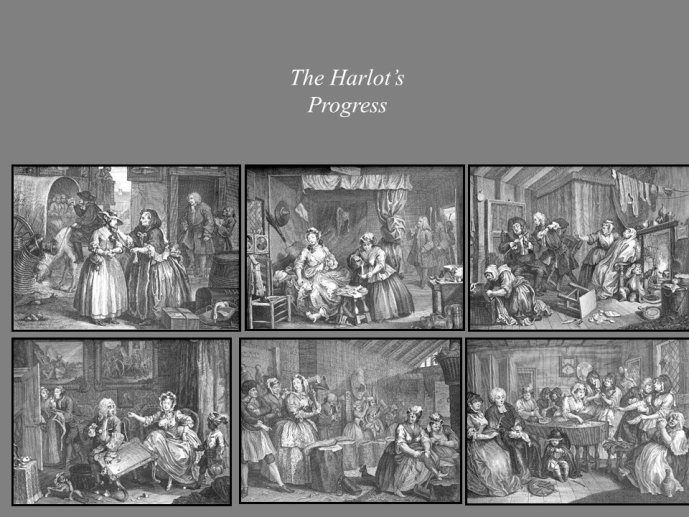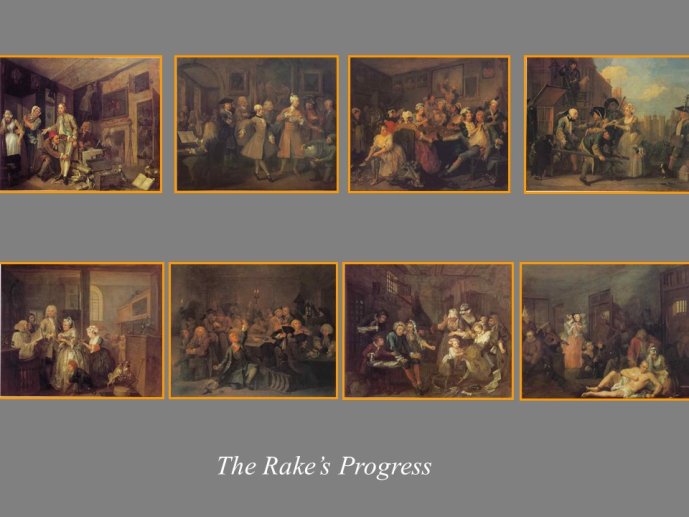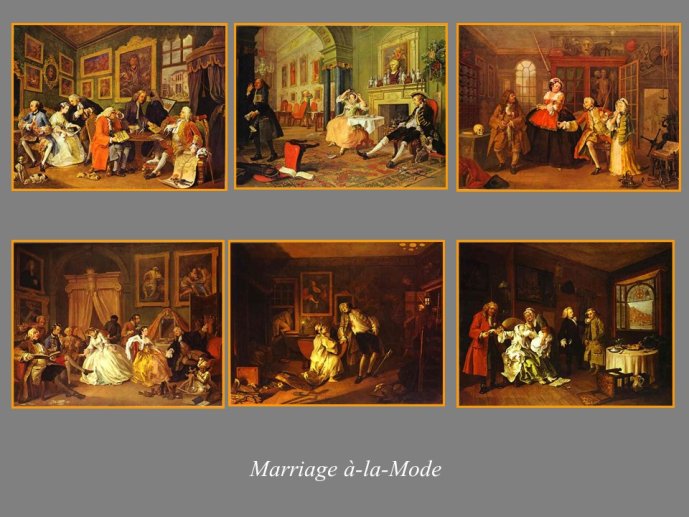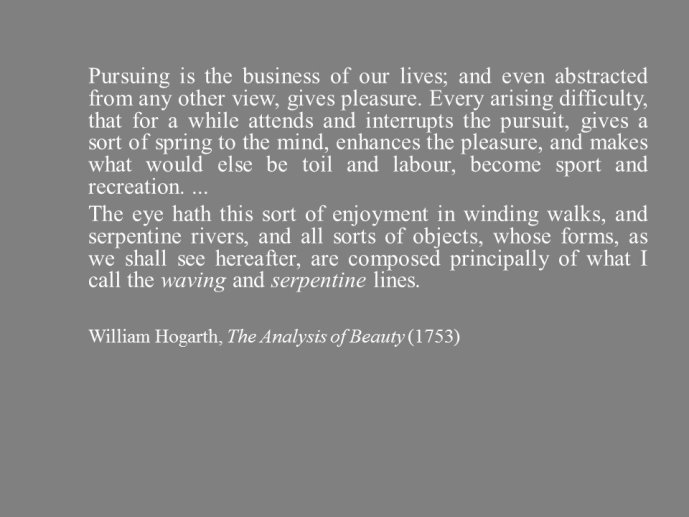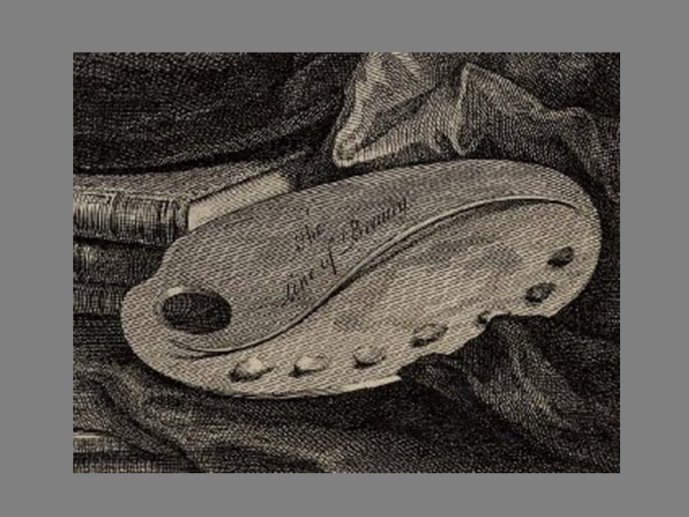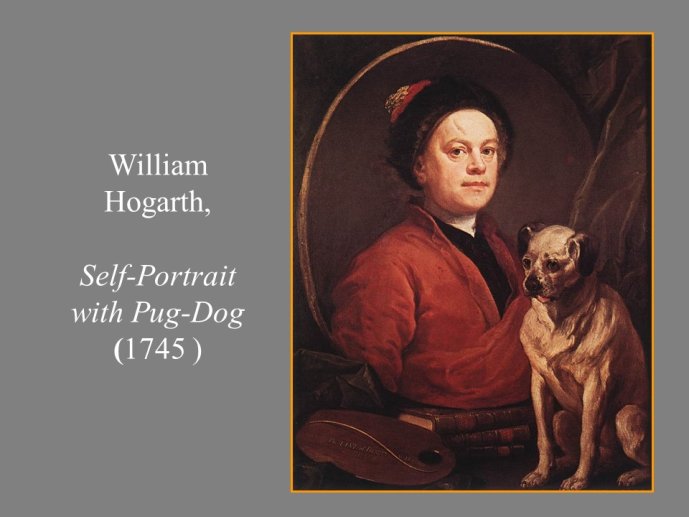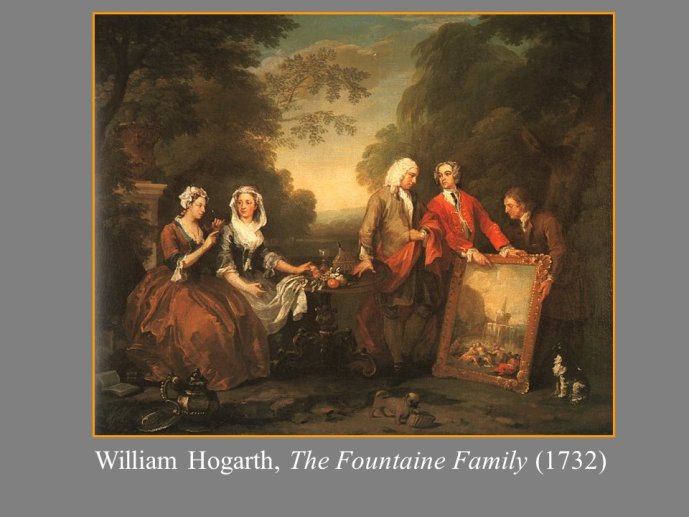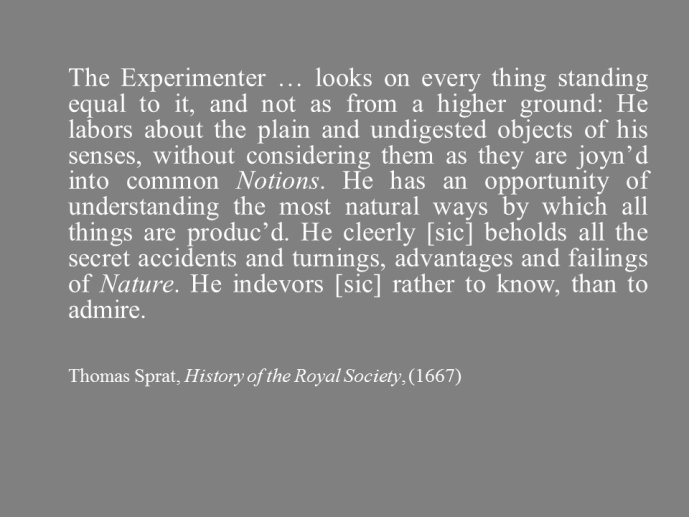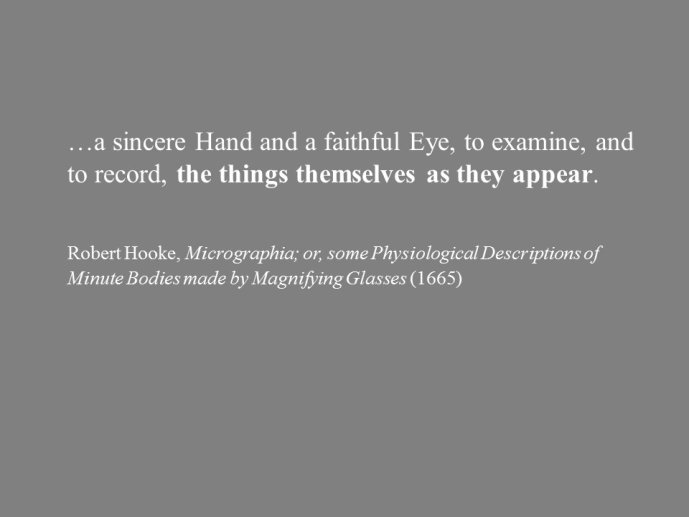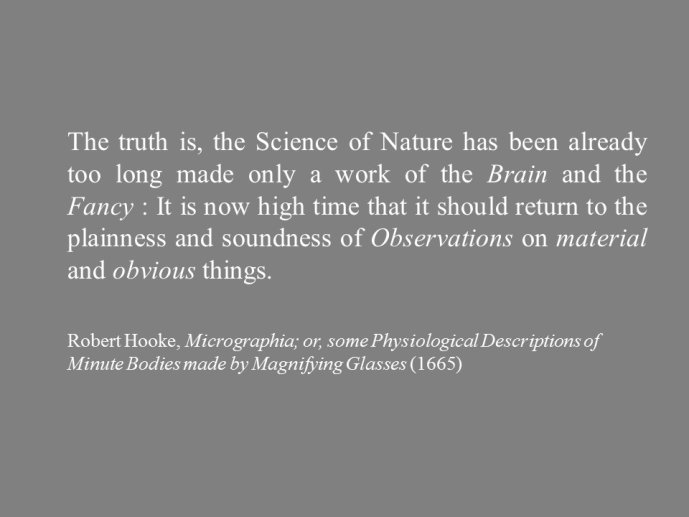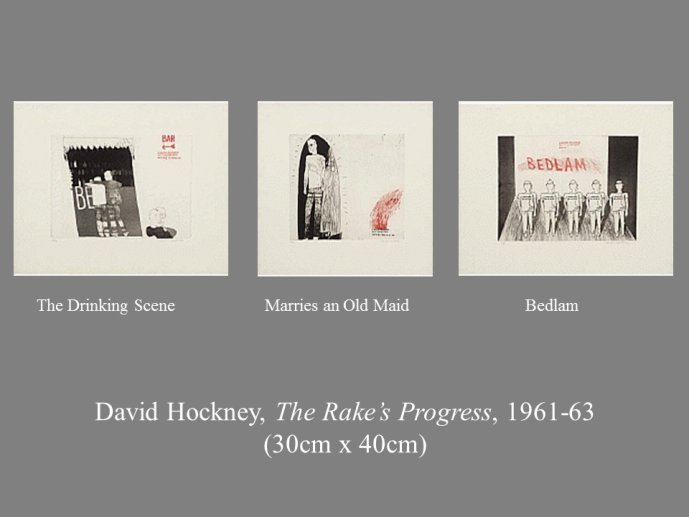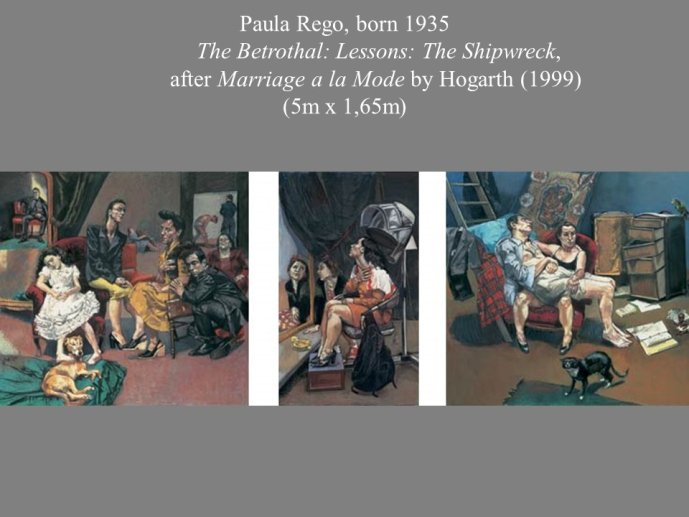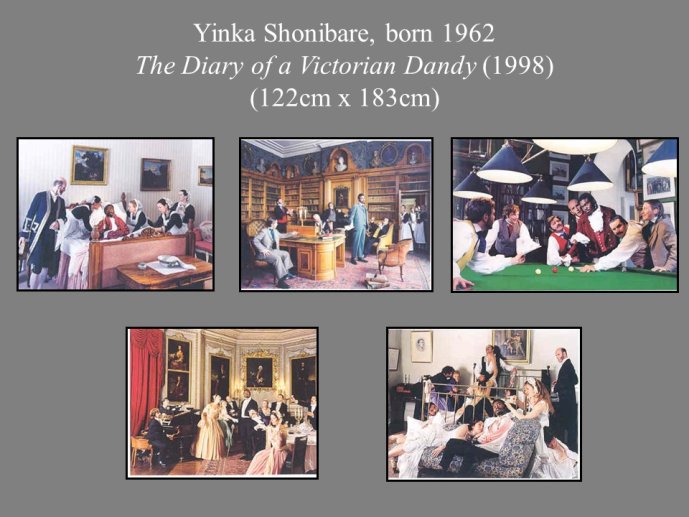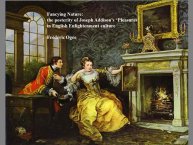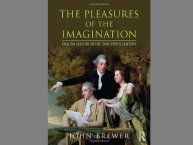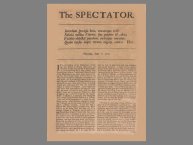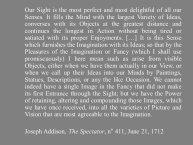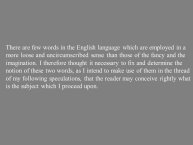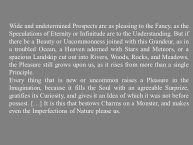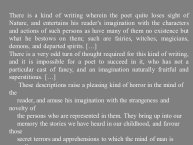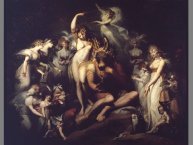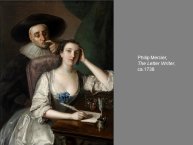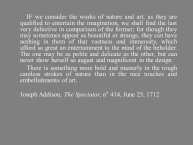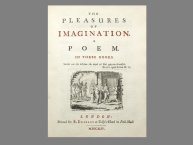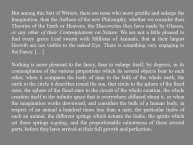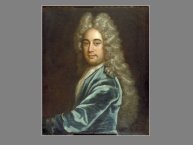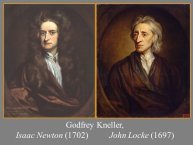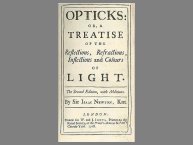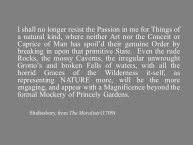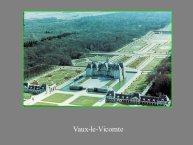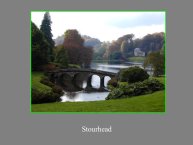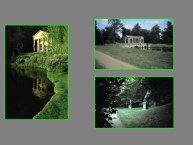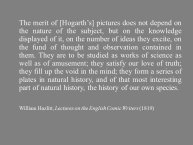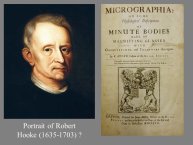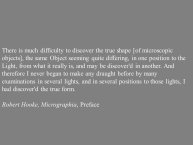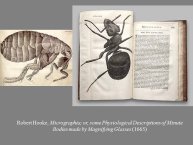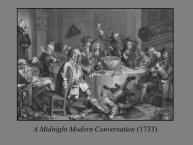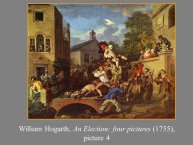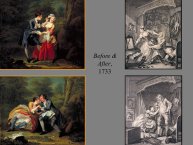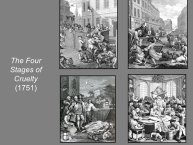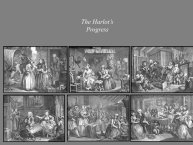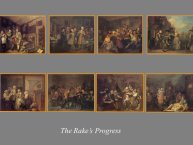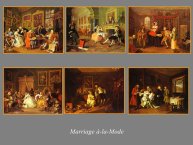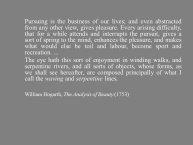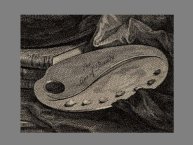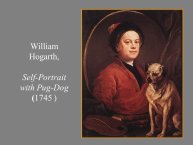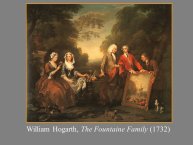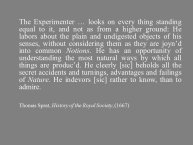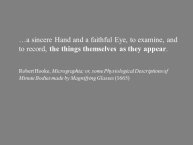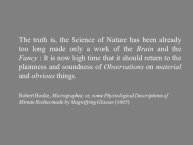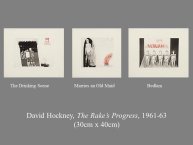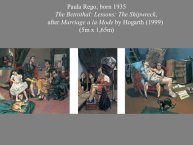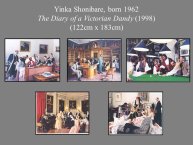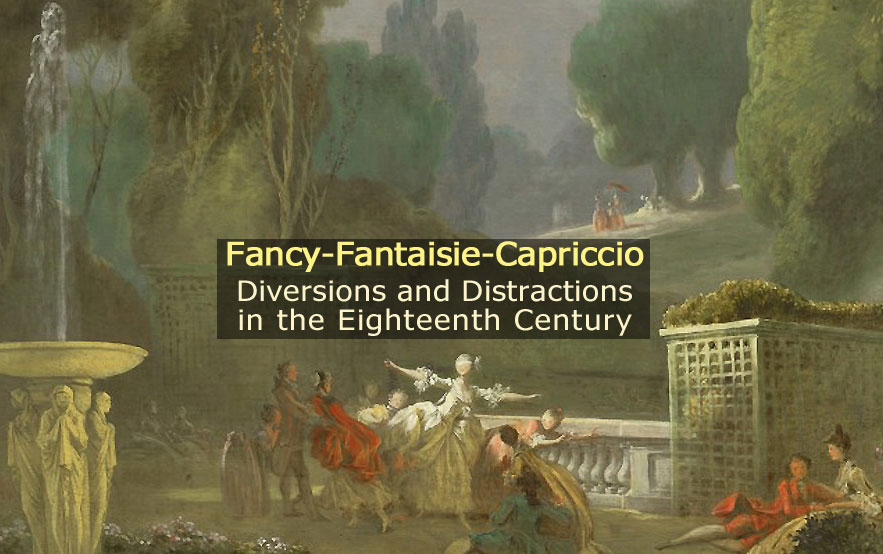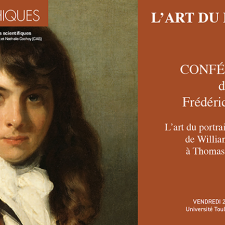Notice
Fancying Nature: the posterity of Joseph Addison’s ‘Pleasures’ in English Enlightenment culture / Frédéric Ogée
- document 1 document 2 document 3
- niveau 1 niveau 2 niveau 3
Descriptif
Fancying Nature: the posterity of Joseph Addison’s ‘Pleasures’ in English Enlightenment culture / Frédéric Ogée, in colloque international "Fancy‒Fantaisie‒Capriccio. Diversions and Distractions in the Eighteenth Century" organisé, sous la responsabilité scientifique de Muriel Adrien, Melissa Percival et Axel Hémery, par l’Université Toulouse Jean Jaurès et l’Université d’Exeter. Toulouse, Musée Paul-Dupuy, 3-4 décembre 2015.
In this paper, Frédéric Ogée would like to discuss the seminal influence of Joseph Addison’s famous series of Spectator essays entitled ‘the Pleasures of the imagination’ on the new forms of artistic expression (novel, landscape garden, painting) which emerged in England in the eighteenth century. In the first essay, Addison claims that he will use the two terms (imagination and fancy) ‘promiscuously’, and then goes on to define their true meaning at great length. At the heart of his aesthetic theory is the provocative assertion of nature’s superiority over art. In literature, garden design or art, writers and artists proposed resolutely new creations which all attempt to expore this ‘modern’ link between nature, fancy and pleasure.
Thème
Documentation
Références documentaires
Musée des Augustins (2015). Ceci n'est pas un portrait. Figures de fantaisie de Murillo, Fragonard, Tiepolo..., Dossier de presse de l'exposition. Toulouse, Musée des Augustins, novembre 2015-mars 2016, 29 p. [En ligne : http://www.augustins.org/documents/10180/26194115/Dossier_presse_figures_fantaisie.pdf].
BONY, Alain (ed.) (2004). Addison, Joseph. Essais de critique et d'esthétique. Pau, Publications de l'Université de Pau, 264 p.
OGÉE, Frédéric (2000). A Work to wonder at’ : essence et existence du ‘jardin-paysage’ anglais, Études Anglaises, 4, vol. 53, octobre-décembre 2000, 428-441.
OGÉE, Frédéric (1999). Je-sais-quoi : la représentation des formes du vivant dans l'œuvre de William Hogarth, in Christine Rolland, François Azouvi, Michel Baridon, "Mouvement des sciences et esthétique(s)", Dix-huitième Siècle, 31, 249-268. [En ligne : http://www.persee.fr/doc/dhs_0070-6760_1999_num_31_1_2295].
BREWER, John (1997). The Pleasures of the Imagination: English Culture in the Eighteenth Century. New York, Farrar, Straus & Giroux Publisher, 721 p. [rééd. Routledge, 2013].
HAZLITT, William (1819). Lectures on the English comic writers. London, Taylor and Hessey Publisher, 343 p. [En ligne : https://archive.org/details/lecturesonenglis00hazliala].
HOGARTH, William (1753). The Analysis of Beauty. London, J. Reeves, 153 p. [Rééd. Yale University Press, Ronald Paulson, ed., 1997]. [En ligne : http://digicoll.library.wisc.edu/cgi-bin/DLDecArts/DLDecArts-idx?id=DLDecArts.Hogarth].
AKENSIDE, Mark (1744). The pleasures of imagination a poem in three books. London, 102 p. [En ligne : http://solo.bodleian.ox.ac.uk/OXVU1:LSCOP_OX:oxfaleph011340014].
ADDISON, Joseph (1712). The Spectator, 414, Wednesday, June 25, 1712. [En ligne : http://fullonlinebook.com/essays/no-414-from-the-spectator/mdfy.html].
ADDISON, Joseph (1712). The Spectator, 411, Saturday, June 21, 1712. [En ligne : http://fullonlinebook.com/essays/no-411-from-the-spectator/odfy.html].
ASHLEY COOPER, Anthony (3rd Earl of SHAFTESBURY) (1709). The Moralists: a Philosophical Rhapsody, a recital of certain conversations on natural and moral subjects. London, John Wyat, 251 p. [Rééd. Gale ECCO, Print Editions, 2010]. [En ligne : https://books.google.ca/books/about/The_Moralists_a_Philosophical_Rhapsody.html?id=aZVXAAAAcAAJ].
HOOKE, Robert (1665). Micrographia: or, Some physiological descriptions of minute bodies made by magnifying glasses. London, J. Martyn and J. Allestry, 246 p. [En ligne : http://gallica.bnf.fr/ark:/12148/bpt6k98770v].
> Voir aussi la bibliographie à télécharger dans l'onglet "Documents".
Dans la même collection
-
Modelling for the Fancy Picture: fact, fiction and fantasy / Martin Postle
PostleMartinModelling for the Fancy Picture: fact, fiction and fantasy / Martin Postle, in colloque international "Fancy‒Fantaisie‒Capriccio. Diversions and Distractions in the Eighteenth Century" organisé, sous
-
The many peopled wall: Fancy Pictures and Annual Exhibitions in Eighteenth-Century London / John Chu
ChuJohnThe many peopled wall: Fancy Pictures and Annual Exhibitions in Eighteenth-Century London / John Chu, in colloque international organisé, sous la responsabilité scientifique de Muriel Adrien, Melissa
-
British Capricci: from the Picturesque to the Sublime / Hélène Ibata
Pharabod-IbataHélèneBritish Capricci: from the Picturesque to the Sublime / Hélène Ibata, in colloque international organisé, sous la responsabilité scientifique de Muriel Adrien, Melissa Percival et Axel Hémery, par l
-
Le coq et le léopard. Portrait et petite histoire des collections de peintures britanniques du musé…
FaroultGuillaumeLe coq et le léopard. Portrait et petite histoire des collections de peintures britanniques du musée du Louvre / Guillaume Faroult, in colloque international organisé, sous la responsabilité
-
Figures de fantaisie de Jean-Baptiste Santerre et limites des cadres génériques d’interprétation / …
Faure-CarricaburuEmmanuelFigures de fantaisie de Jean-Baptiste Santerre et limites des cadres génériques d’interprétation / Emmanuel Faure-Carricaburu, in colloque international organisé, sous la responsabilité scientifique
-
La production gravée parisienne au cœur de l’invention d’un genre ? Les «fantaisies» de Poilly et C…
GuillouetChristopheLa production gravée parisienne au cœur de L’invention d’un genre ? Les «fantaisies» de Poilly et Courtin (1710–1728) / Christophe Guillouet, in colloque international organisé, sous la
-
‘As Whimsical and Chimearical as their Forms Are’ : Ornamental and Fanciful Motives in English Draw…
PavotBénédicte‘As Whimsical and Chimearical as their Forms Are’ : Ornamental and Fanciful Motives in English Drawing Books / Bénédicte Miyamoto, in colloque international organisé, sous la responsabilité
-
De la fantaisie des éventails aux éventails de fantaisie / Pierre-Henri Biger
BigerPierre-HenriDe la fantaisie des éventails aux éventails de fantaisie / Pierre-Henri Biger, in colloque international organisé, sous la responsabilité scientifique de Muriel Adrien, Melissa Percival et Axel
-
"A Butterfly Supporting an Elephant": Chinoiserie in Eighteenth-Century England, or "the Luxuriance…
Alayrac-FieldingVanessa"A Butterfly Supporting an Elephant": Chinoiserie in Eighteenth-Century England, or "the Luxuriance of Fancy" / Vanessa Alayrac, in colloque international organisé, sous la responsabilité scientifique
-
Réminiscences vénitiennes et hybridité culturelle dans les vues et capricci anglais de Canaletto / …
CervantesXavierRéminiscences vénitiennes et hybridité culturelle dans les vues et capricci anglais de Canaletto / Xavier Cervantes, in colloque international organisé, sous la responsabilité scientifique de Muriel
-
Du cabinet privé à la villa suburbaine : caprices et fantaisies artistiques dans la capitale des Lu…
Fernández AlmogueraAdriánDu cabinet privé à la villa suburbaine : caprices et fantaisies artistiques dans la capitale des Lumières espagnoles / Adrián Fernández Almoguera, in colloque international organisé, sous la
-
Fancy a Garden? The Hortulean Pleasures of Imagination and Virtuality / Laurent Châtel
ChâtelLaurentFancy a Garden? The Hortulean Pleasures of Imagination and Virtuality / Laurent Châtel, in colloque international organisé, sous la responsabilité scientifique de Muriel Adrien, Melissa Percival et
Avec les mêmes intervenants et intervenantes
-
L’art du portrait en Angleterre : de William Hogarth à Thomas Lawrence
OgéeFrédéricCochoyNathalieL’école anglaise de peinture apparaît pour la première fois au XVIIIe siècle. Son thème principal est la nature, ce qui explique que depuis cette époque elle s’est spécialisée quasi exclusivement dans

